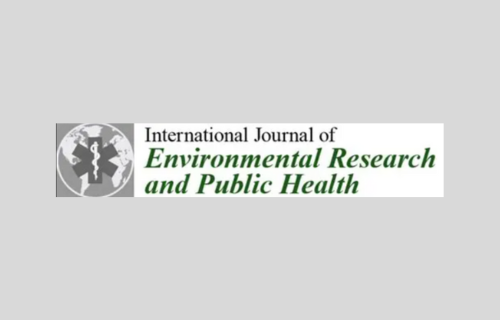New cross-national study finds that Gestational Diabetes Mellitus (GDM) risk profiles differ significantly by location
Thursday, 21 August, 2025
Share

Gestational Diabetes Mellitus (GDM) greatly impacts both maternal and infant health and is a growing health concern. Understanding population differences helps assess whether current risk tools work for everyone. It can reveal why GDM prevention works better for some people and help us improve these strategies.
In this cross-national study of over 800 pregnant women across Dublin, Bristol, Granada & Melbourne, researchers found that:
- GDM risk profiles differ significantly by location
- BMI, heath behaviours and demographics varied across cities
- A single “high-risk” label misses important local differences
- The takeaway? GDM prevention must be context-sensitive and tailored, not one-size-fits-all.
This analysis used baseline data from the Bump2Baby and Me trial. 804 women, all classified as high risk for developing GDM, from Ireland, Spain, Australia and the UK were recruited.
Participants completed a range of questionnaires about their diet, physical activity, sleep and mood. Case report forms provided data on socioeconomic factors, medical history and maternal demographics.
Congratulations to all those involved from UCD Perinatal Research Centre and beyond. The research is titled, ‘Clinical and Behavioural Heterogeneity Among Women at Increased Risk for Gestational Diabetes: A Four-Country Analysis’.
Abstract
Gestational diabetes mellitus (GDM) is a growing global health concern due to its impact on maternal and infant health. GDM risk factors vary across populations, but international comparisons using standardised assessment tools are lacking. This study aimed to examine variations in risk factors, demographics and health behaviours among pregnant women at increased risk of GDM across four international sites and to investigate factors associated with maternal body mass index (BMI), a modifiable risk factor for GDM. This cross-sectional study included data from 804 pregnant women in Dublin (n = 213), Bristol (n = 205), Granada (n = 211) and Melbourne (n = 175) identified as having an increased risk of GDM, using the Monash GDM screening tool. Between-site differences were analysed using analysis of variance, Kruskal–Wallis and chi-square tests and factors associated with BMI at each site were examined using multiple linear regression. Despite standardised risk screening, significant heterogeneity was observed between sites in key GDM risk factors, including age (mean range 33.8–36.7 years), BMI (Melbourne 28.9 vs. Granada 26.9 kg/m2), physical activity (34.86–41.77 METs/week) and dietary intake (mean energy 1881–2136 kcal/day). Multiple factors were independently associated with BMI, including education level, ethnicity, health literacy and energy intake, with patterns varying by site. This study challenges the concept of a homogeneous “high-risk” GDM population by revealing substantial variations in risk factors and characteristics across different patient cohorts, highlighting the importance of developing context-sensitive approaches to GDM prevention.
Conclusions
This international study provides compelling evidence that women at high risk of GDM represent a diverse population with distinct demographic, clinical and behavioural characteristics shaped by ecosocial drivers and their healthcare contexts. Despite the challenges posed by conducting research during the COVID-19 pandemic, our findings offer important insights for advancing the understanding of GDM risk and, potentially, prevention strategies. The marked variations in risk profiles across study sites underscore the importance of moving beyond one-size-fits-all approaches to prevention. Our results establish a robust foundation for developing targeted interventions that acknowledge and respond to this heterogeneity. Future research should prioritise the development and validation of adapted risk assessment tools, while longitudinal studies will be essential to understand how these baseline characteristics influence GDM development and pregnancy outcomes across different settings. Specifically, follow-up of this well-characterised international cohort will provide valuable insights into whether the observed risk factor heterogeneity translates into different patterns of GDM onset, gestational weight gain and maternal–infant outcomes, informing more precise risk prediction and intervention targeting. This work represents a significant step towards more sophisticated, context-sensitive approaches to GDM prevention that can better serve diverse populations of women at risk.